Dying Basil - need help (pics inside)
bart1
17 years ago
Featured Answer
Comments (34)
Heathen1
17 years agobart1
17 years agoRelated Professionals
West Chester Landscape Architects & Landscape Designers · Paradise Landscape Architects & Landscape Designers · Brunswick Landscape Contractors · Columbine Landscape Contractors · Edwardsville Landscape Contractors · Lake Zurich Landscape Contractors · Little Ferry Landscape Contractors · Mashpee Landscape Contractors · Raleigh Landscape Contractors · Saint Paul Landscape Contractors · Smyrna Landscape Contractors · Tustin Landscape Contractors · Oxon Hill Landscape Contractors · Landover Outdoor Lighting & Audio Visual Systems · Golden Valley Roofing & GuttersAmino_X
17 years agoHeathen1
17 years agodaddyray
17 years agovera_eastern_wa
17 years agoHeathen1
17 years agobart1
17 years agoHeathen1
17 years agobart1
17 years agoHeathen1
17 years agob_gam
17 years agojean001
17 years agotonyrodgers
17 years agoanmramsay_gmail_com
12 years agodollfin-beige-thumb
10 years agoGardenissues
10 years agoOhiofem 6a/5b Southwest Ohio
10 years agogosssamer
10 years agoOhiofem 6a/5b Southwest Ohio
10 years agogosssamer
10 years agoJonathan29
10 years agoOhiofem 6a/5b Southwest Ohio
10 years agogosssamer
10 years agosmilia_marvosh
8 years agoDipps Jk
8 years agofloral_uk z.8/9 SW UK
8 years agoOhiofem 6a/5b Southwest Ohio
8 years agolast modified: 8 years agoDipps Jk
8 years agofloral_uk z.8/9 SW UK
8 years agoDipps Jk
8 years agoweedlady
8 years agofloral_uk z.8/9 SW UK
8 years ago
Related Stories

PETSHow to Help Your Dog Be a Good Neighbor
Good fences certainly help, but be sure to introduce your pup to the neighbors and check in from time to time
Full Story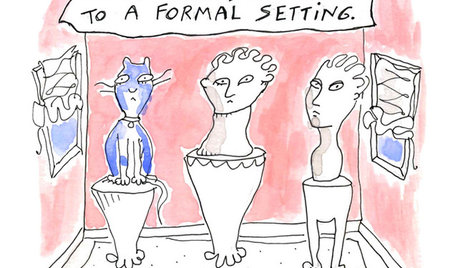
MOST POPULAR7 Ways Cats Help You Decorate
Furry felines add to our decor in so many ways. These just scratch the surface
Full Story
ORGANIZINGHelp for Whittling Down the Photo Pile
Consider these 6 points your personal pare-down assistant, making organizing your photo collection easier
Full Story
DECLUTTERINGDownsizing Help: How to Edit Your Belongings
Learn what to take and what to toss if you're moving to a smaller home
Full Story
MOST POPULAR7 Ways to Design Your Kitchen to Help You Lose Weight
In his new book, Slim by Design, eating-behavior expert Brian Wansink shows us how to get our kitchens working better
Full Story
DECORATING GUIDESDecorate With Intention: Helping Your TV Blend In
Somewhere between hiding the tube in a cabinet and letting it rule the room are these 11 creative solutions
Full Story
LIFEDecluttering — How to Get the Help You Need
Don't worry if you can't shed stuff and organize alone; help is at your disposal
Full Story
ORGANIZING7 Habits to Help a Tidy Closet Stay That Way
Cut the closet clutter for a lifetime — and save money too — by learning how to bring home only clothes you love and need
Full Story
BATHROOM WORKBOOKStandard Fixture Dimensions and Measurements for a Primary Bath
Create a luxe bathroom that functions well with these key measurements and layout tips
Full Story
HOUZZ TOURSMy Houzz: Saturated Colors Help a 1920s Fixer-Upper Flourish
Bright paint and cheerful patterns give this Spanish-style Los Angeles home a thriving new personality
Full Story





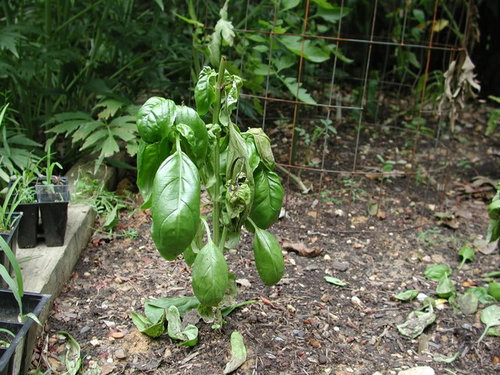
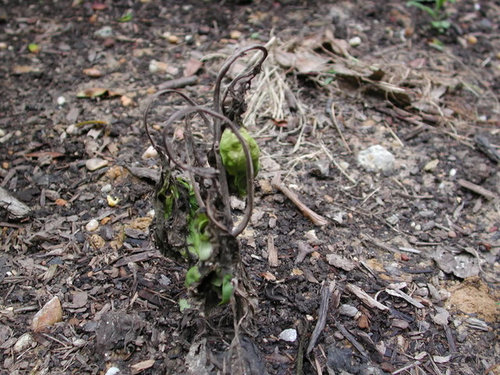
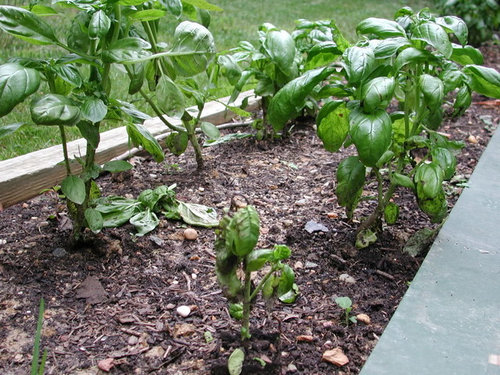


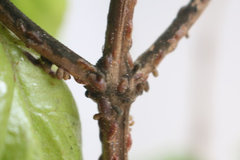





Heathen1